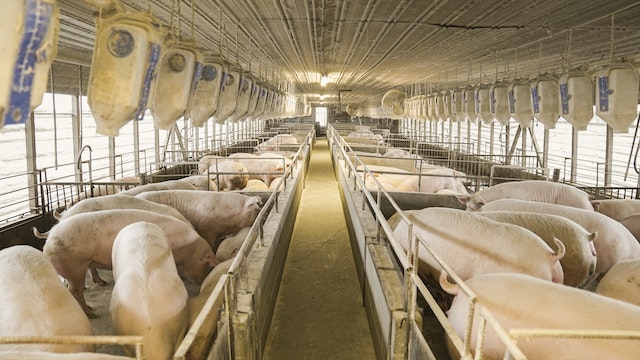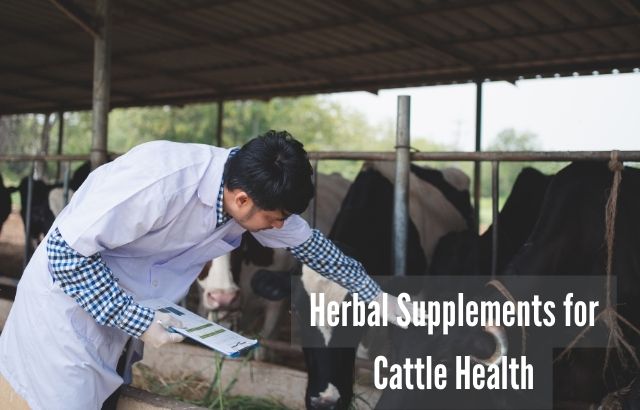In the age of environmental awareness and sustainability, the role of innovators in green technology and farming practices is more important than ever. Green innovators like Jaiguru Kadam are leading the way in creating solutions that not only support the environment but also ensure food security for future generations. Through sustainable farming practices, eco-friendly technologies, and alternative approaches to agriculture, green innovators are helping transition towards a more sustainable future.
Who is Jaiguru Kadam?
Jaiguru Kadam is a renowned figure in the world of organic farming and green innovation. As an advocate for sustainable agriculture, he combines traditional farming wisdom with modern scientific approaches to create environmentally friendly farming solutions. With a focus on biodiversity, soil health, and reducing reliance on synthetic chemicals, Kadam has become a prominent figure among eco-conscious farmers and agricultural leaders.
His work focuses on developing methods that protect the environment, conserve water, and reduce the carbon footprint of farming practices. One of his key contributions to the industry is promoting natural weed control strategies, such as using organic herbicides, crop rotation, and soil health improvement techniques. These innovations contribute to more sustainable agricultural systems.
Green Innovations in Sustainable Farming
Sustainable farming is rooted in balancing ecological, economic, and social considerations. Green innovators like Jaiguru Kadam push the boundaries of what’s possible in organic farming, driving change through innovation. Here are a few key green innovations in farming that Kadam and others have pioneered:
1. Natural Weed Control Methods
In conventional farming, herbicides are often used to manage weeds. However, organic farmers, like those who follow Jaiguru Kadam’s philosophy, avoid synthetic herbicides and rely on natural alternatives such as:
- Pelargonic acid: This organic herbicide is derived from natural plant oils and is used to control weeds without harming the environment.
- Mulching: Using organic materials like straw, wood chips, or compost to suppress weed growth by blocking sunlight.
These methods have shown to be not only effective in controlling weeds but also beneficial for maintaining soil health and biodiversity.
2. Eco-Friendly Fertilization
One of the most significant concerns in modern agriculture is the overuse of chemical fertilizers, which can harm soil health and pollute water sources. Green innovators have turned to organic fertilizers such as:
- Compost tea: This is a liquid solution made from steeping compost in water. It’s used to promote healthy soil and plants.
- Bio-based nitrogen sources: Nitrogen-fixing plants and organic matter are used to naturally improve soil fertility without harming ecosystems.
3. Water Conservation Technologies
Water is a precious resource in farming, and with changing climate patterns, water scarcity is becoming an increasingly significant issue. Green innovators are creating smarter irrigation systems, including:
- Drip irrigation: This method delivers water directly to plant roots, reducing evaporation and runoff.
- Rainwater harvesting systems: Collecting and storing rainwater to use during dry spells helps reduce dependence on groundwater or irrigation.
4. Soil Health Regeneration
Sustainable farmers emphasize the importance of soil health. By practicing methods like cover cropping, no-till farming, and composting, innovators like Kadam are helping regenerate soil that has been depleted by conventional farming practices. These techniques enrich the soil with nutrients, improve its structure, and help retain moisture.
FAQs About Green Innovations in Farming

Q1: How do green innovators help organic farming practices?
Green innovators like Jaiguru Kadam combine ecological principles with cutting-edge technology to design farming solutions that improve soil health, conserve water, and reduce the carbon footprint of agricultural activities. They often focus on low-impact, high-efficiency farming techniques such as crop rotation, organic pest control, and eco-friendly irrigation methods.
Q2: Why is organic farming considered more sustainable?
Organic farming minimizes the use of synthetic chemicals and fertilizers, focusing instead on natural processes and products. This reduces the environmental impact, enhances soil health, and supports biodiversity, making it a more sustainable option for long-term food production.
Q3: Can innovation in organic farming reduce food prices?
Yes! By using more efficient methods of production, like precision agriculture or sustainable irrigation systems, farmers can reduce costs. Moreover, as the demand for organic products grows, economies of scale may help lower prices in the long run.
Q4: Are natural herbicides safer than synthetic ones?
Yes, natural herbicides like those derived from plant oils (e.g., pelargonic acid) are generally safer for the environment, wildlife, and human health compared to synthetic chemicals. They tend to break down more quickly and do not persist in the soil or water.
Q5: How do green innovators promote biodiversity?
Green innovators use techniques like crop rotation, agroforestry, and polyculture to promote biodiversity. By creating diverse ecosystems on farms, they help prevent the depletion of natural resources and support wildlife populations.
Info: The Power of Green Innovation in Agriculture

- Global organic farming market: The global organic farming market is expected to reach $276 billion by 2026, growing at a compound annual growth rate (CAGR) of 16.1% from 2021.
- Reduction in carbon footprint: Studies show that organic farming methods can reduce a farm’s carbon footprint by up to 40%, mainly by improving soil carbon sequestration and reducing the use of fossil fuels.
- Water conservation: Drip irrigation systems can reduce water usage by up to 60%, compared to traditional irrigation methods, making them crucial for water-scarce regions.
- Soil health improvement: Farms practicing regenerative agriculture have seen up to 20% increases in soil organic matter, which enhances soil fertility and carbon retention.
Example Calculation: The Impact of Mulching on Weed Control
Let’s consider a scenario where an organic farmer is using mulching (with straw) to manage weeds:
- Field Size: 1 hectare
- Straw required per hectare: 5 tons
- Cost of straw: $50 per ton
Without mulching, the farmer might need to use chemical herbicides. A typical herbicide treatment costs about $200 per hectare.
By using mulching instead of herbicides:
- Total cost of straw = 5 tons × $50 = $250
- Savings from avoiding herbicides = $200
- Net extra cost for mulching = $250 – $200 = $50
Though there’s a slight additional cost for the straw, mulching improves soil health, reduces long-term weed management costs, and eliminates the environmental risks associated with chemical herbicides. Over time, the farmer’s soil health will improve, potentially reducing future costs even further.
Final Thoughts: Why Green Innovators Matter
Green innovators like Jaiguru Kadam are transforming the agriculture industry by making farming more sustainable, productive, and eco-friendly. Through their work, they are showing that sustainability doesn’t have to come at the expense of profit. In fact, with the right technologies and practices, farming can be both economically and environmentally viable.
As more farmers adopt these practices and more green technologies become available, we’re likely to see a shift towards a greener, healthier food system. By supporting and empowering green innovators, we’re not just investing in the future of farming – we’re investing in a sustainable planet for generations to come.











